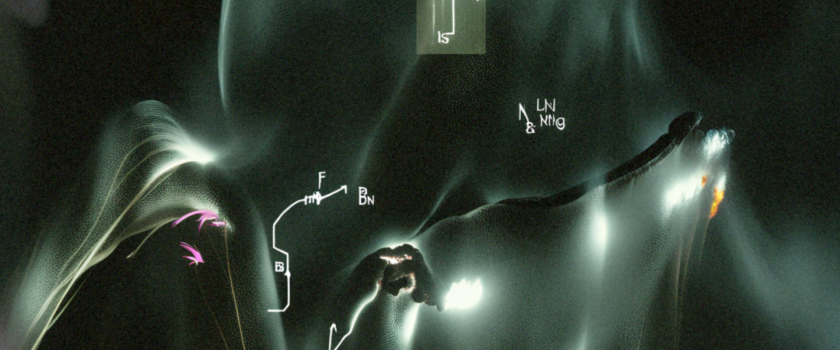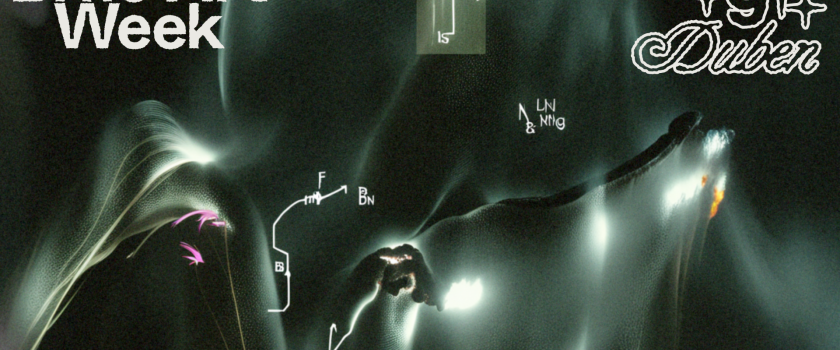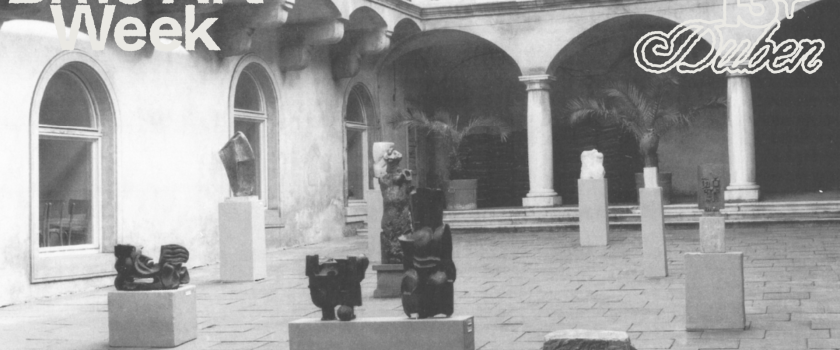In contemporary art, there is an increasing number of artworks made of ephemeral, unstable and easily degradable materials. These are very difficult to stabilize or consolidate in order to stop their unavoidable degradation, or at least prolong their lifespan. Due to this, their preservation and restoration is often very problematic. Furthermore, in many cases, there is a discrepancy between two contradictory standpoints – the intentions of the artist versus the responsibilities, wishes or interests of the stakeholders, owners, or those who are in charge of the preservation. This is especially the case of museums. Artworks are often created by the artists with the intention that they will deteriorate, and the change of materials and their degradation is part of their intended meaning.
This presentation deals with one such example, presenting an artwork where the consolidation, and the preservation of the work as such, presents an almost unresolvable Hamletesque question – the dilemma of the consolidation and prolongation of its agony, or the inevitable complete replacement with all the consequences, may it be ethical, aesthetic or philosophical. Furthemore, problems of another level will also be briefly outlined – such as the individual personal evaluations and conceptions by various professionals on the same artwork which may be completely at odds to each other, as well as the changing intention of the artist/author and of their work in time.
Prof. ak. mal. Tomáš Lahoda (born 1954 in Prague) is an artist, teacher and restorer. He graduated from the Academy of Fine Arts in Prague, from 1993-1998 he was the head of the Painting Studio at the Jutland Academy of Fine Arts in Arhus, Denmark, 2007-2012 head of the Painting I studio at the Faculty of Fine Arts, Brno University of Technology. Since 2013, he has been lecturing on restoration of modern and contemporary art at The Faculty of Restoration of the Pardubice University.


